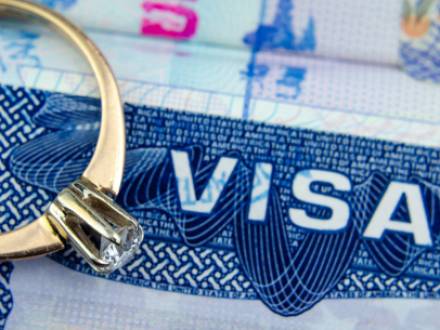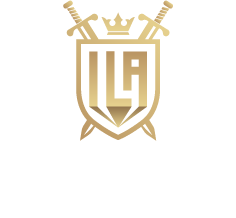What Happens After You Enter the U.S. on a Fiancé Visa?
 Although the K-1 fiancé visa allows engaged couples to reunite in the United States, entering the U.S. is just the beginning of a legal process that can generously be called "carefully structured." Every step of the process has crucial legal requirements and deadlines.
Although the K-1 fiancé visa allows engaged couples to reunite in the United States, entering the U.S. is just the beginning of a legal process that can generously be called "carefully structured." Every step of the process has crucial legal requirements and deadlines.
Failing to follow these guidelines and requirements could jeopardize not just your marriage plans but also your immigration status. To ensure you comply with all legal requirements, it is always a good idea to have a knowledgeable Herndon, VA immigration attorney with the experience and skills to guide you through the process in the best way possible.
What Is a K-1 Fiancé Visa?
A K-1 fiancé visa allows a foreign citizen’s fiancé to travel to the United States to marry his or her U.S. citizen sponsor. A U.S. citizen must file Form I-129F, Alien Fiancé, with the USCIS to initiate the process. Both the U.S. citizen and the foreign fiancé must be eligible to marry, and must have the intent to do so within 90 days of when the foreign citizen enters the U.S.
The foreign fiancé will attend a visa interview at the embassy or consulate; the approved K-1 visa allows the foreign fiancé to enter the U.S. one time only. Following the marriage, the foreign spouse can apply for lawful permanent resident status (a Green Card) via an adjustment of status application.
What Happens When the Foreign Fiancé Lands in the U.S.?
The foreign fiancé will enter at a U.S. port of entry, where he or she will be reviewed by Customs and Border Protection (CBP). An I-94 arrival record will note the admission date. International travel for individuals will be severely limited, and obtaining a work authorization is not automatic. The marriage must occur within 90 days of the arrival.
Beyond a religious ceremony, the marriage must be legally valid and documented with a civil marriage license. If, for some reason, the marriage does not take place, the K-1 visa holder must leave the United States or risk deportation. After the marriage, Form I-485 must be filed, which is an Application to Adjust status and will require supporting documents, including:
- A valid marriage certificate
- Proof of a bona fide marital relationship
- Financial sponsorship through Form I-864
- Biometrics appointment and background checks
While the adjustment is pending, if the individual wants to work, a work authorization must be applied for through Form I-765. If the individual needs to travel while the adjustment of status is pending, and Advance Parole (AP) is required, which grants permission to travel.
Traveling with an AP will be considered an abandonment of the green card application. Both spouses must attend the USCIS green card interview, where they will answer questions that pertain to the legitimacy of the marriage. If everything is in order, a conditional green card will be issued that is valid for two years.
The conditional green card requires filing Form I-71 within 90 days prior to the two-year expiration to remove conditions. Ultimately, this will lead to a 10-year permanent resident card and eventually U.S. citizenship. If the marriage occurs, but the adjustment of status is denied for some reason, then the foreign spouse faces possible deportation. If the couple divorces before the foreign-born spouse receives his or her green card, there is no path to residency through the K-1 visa.
Contact a Fairfax County, VA Family Immigration Lawyer
The K-1 visa is only the first step in a long journey to U.S. citizenship. The paperwork can be complex, and any mistakes made can be costly. An experienced Herndon, VA immigration attorney from Immigration Legal Advisors, PLLC can help you through the process, ensuring the best possible outcome.
Attorney Ruiz is supportive and knowledgeable, offering full-service to each client. His 20 years of experience help ensure there are no unexpected issues, and he speaks both English and Spanish. Call 571-441-2233 to schedule your initial meeting with Attorney Ruiz.





